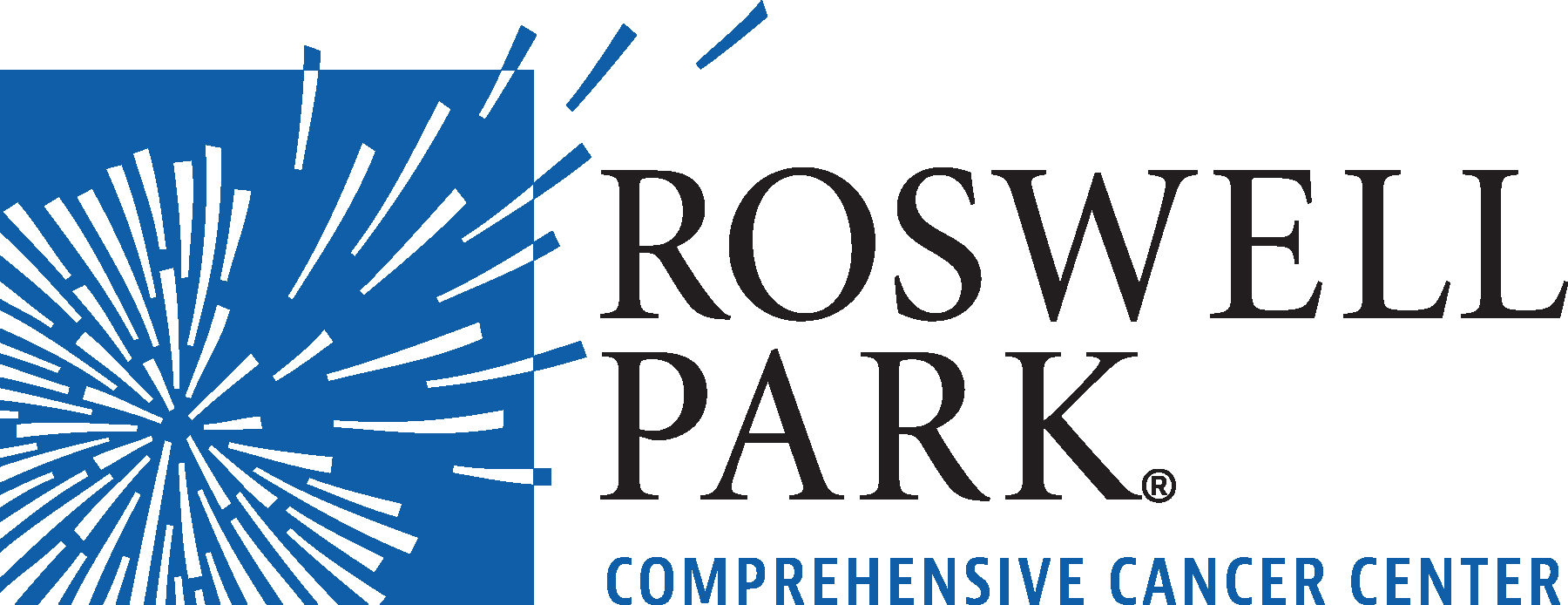December 1, 1998
Contact: Deborah Pettibone (716) 845-8593 [email protected]
Wilms' Tumor Research updates treatment
BUFFALO, NY - Fewer chemotherapy treatments, less intense side effects and fewer visits to the hospital are on the horizon for some pediatric patients. These are the results of an eight-year clinical trial in patients with Wilms' tumor, a cancer of the kidney most often seen in children, published in today's Journal of Clinical Oncology.
Dr. Daniel M. Green, Department of Pediatrics at Roswell Park Cancer Institute and others in the National Wilms' Tumor Study Group, found that a single intensive dose of dactinomycin or doxorubicin, in combination with vincristine, was as effective as the previous regimen of multi-day dosing with the same agents. Patients will now make fewer trips to the hospital and should experience less intense side effects from the reduced dosing schedule. Researchers recommend that all newly-diagnosed children be treated with this single-dose, intensive drug administration, which also is expected to cut the national cost of treating Wilms' tumor by 50 percent.
"Based upon an annual incidence of 474 cases of Wilms' tumor, the total annual savings cost achieved using the shorter therapy is almost $728,000. In addition to the cost savings, intense side effects and frequent medical visits can be especially traumatic for children with cancer. Thus, this research is particularly meaningful in reducing the number of procedures a child must undergo to be cured of their disease," said Dr. Green.
The study included 863 pediatric patients, under the age of 16, randomized to either a short or long treatment regimen. Follow-up data were completed on 838 patients. Two groups were studied: 377 low-risk patients with stage II favorable histology Wilms' tumor (FHWT), and 461 high- risk patients with stages III-IV FHWT, or clear cell sarcoma of the kidney, stages I-IV.
The long therapy was defined as the existing standard treatment including vincristine and a divided dose (5-day) of dactinomycin for all patients. High-risk patients also received a 3-day divided dose of doxorubicin. The short regimen was defined as treatment with vincristine and a single pulse-intensive (PI) dose of dactinomycin. High-risk patients receiving the short regimen also received a PI dose of doxorubicin.
The four-year survival for low-risk patients was 96.8% for the short therapy (184/190) and 96.3% (180/187) for the long therapy. The four-year survival for high-risk patients was 94.8% for the short therapy (220/232) and 93.9% for the long therapy (215/229). There were no significant differences in the number of patients treated for toxicity between the two regimens, although toxic side effects, including nausea and vomiting, were decreased in the short therapy recipients due to the decreased number of chemotherapy treatments.
"Essentially, patient survival and relapse rates for Wilms' tumor are unchanged with the shorter dose schedule. However, we are pleased about the ability to reduce the trauma associated with cancer treatment in this group of patients and also reduce the cost. Clinical trials can make a difference in the lives of cancer patients," continued Dr. Green.
This research was supported by a grant from the National Cancer Institute.
Roswell Park Cancer Institute was founded in 1898, is the nation's first and one of its largest cancer research, treatment and education centers, and is the only National Cancer Institute-designated comprehensive cancer center in Western New York.
###
